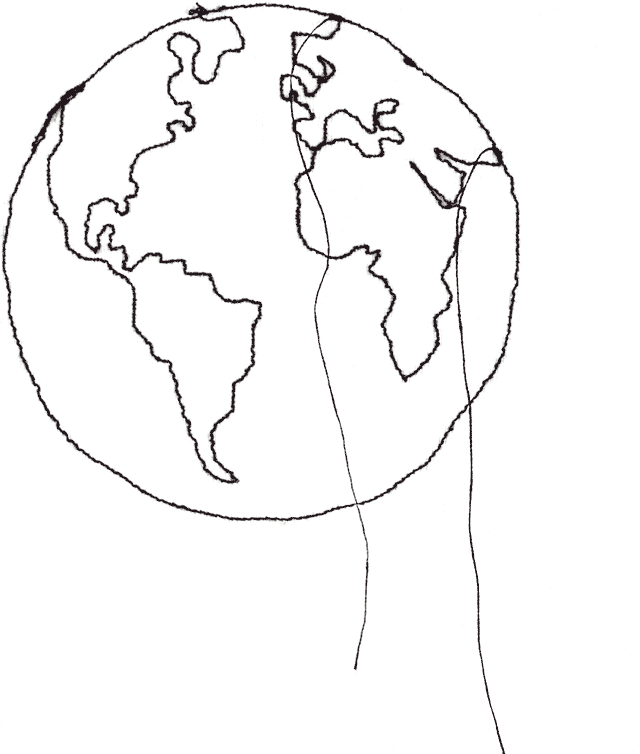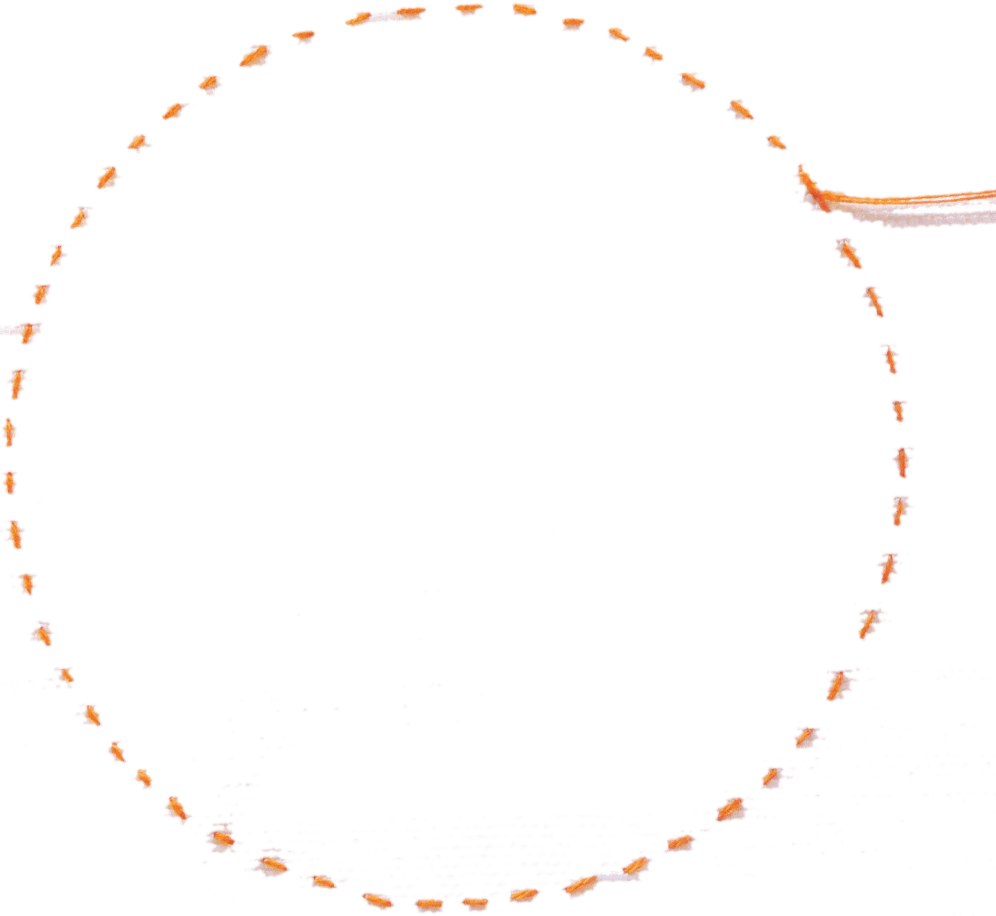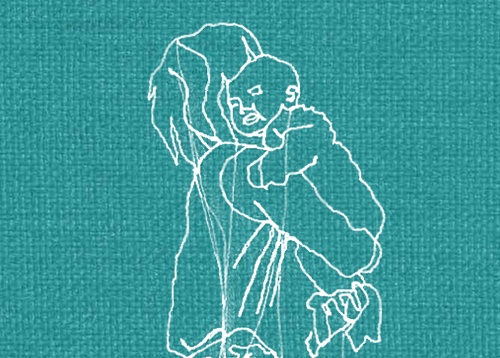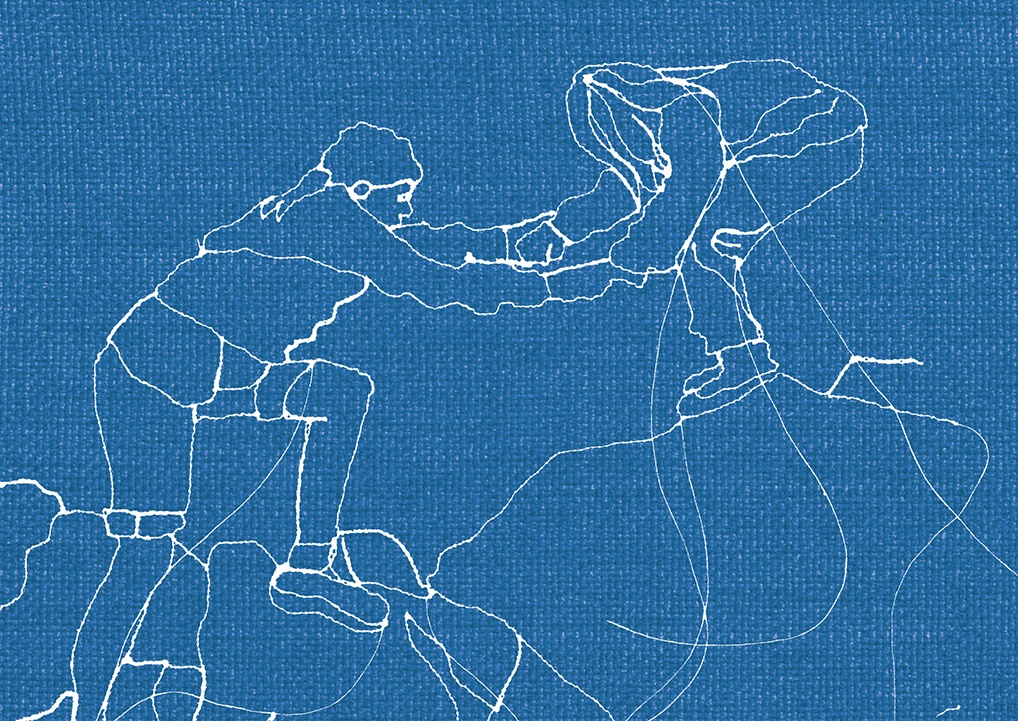We must ensure that the next 30 years of progress includes everyone. Our vision for the future must be a future for all.

Before the earthquake, sexual and reproductive health work was more hidden, it was a kind of secret – now men are more understanding about these issues.
Ceylan Güzey, Türkiye Read story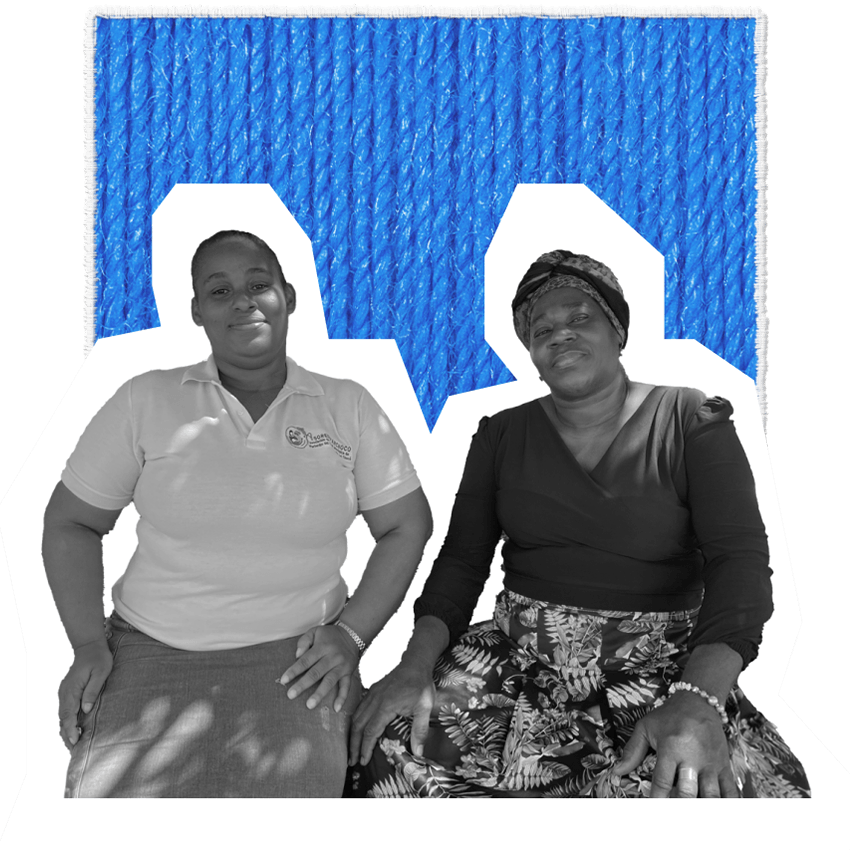
As I have told several doctors… you do not have the experience I have – I started attending births before you were born.
Francisca Córdoba, Colombia Read story
Albinism being a genetic phenomenon, I also fight for my children.
Maïmouna Déné, Burkina Faso/Côte d’Ivoire Read story
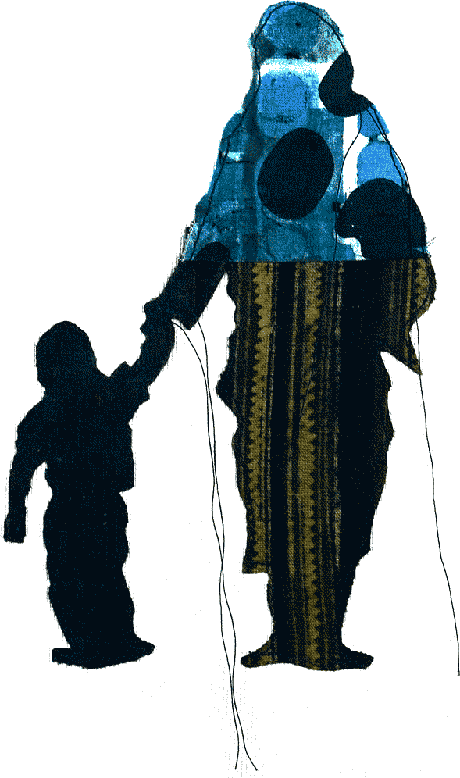

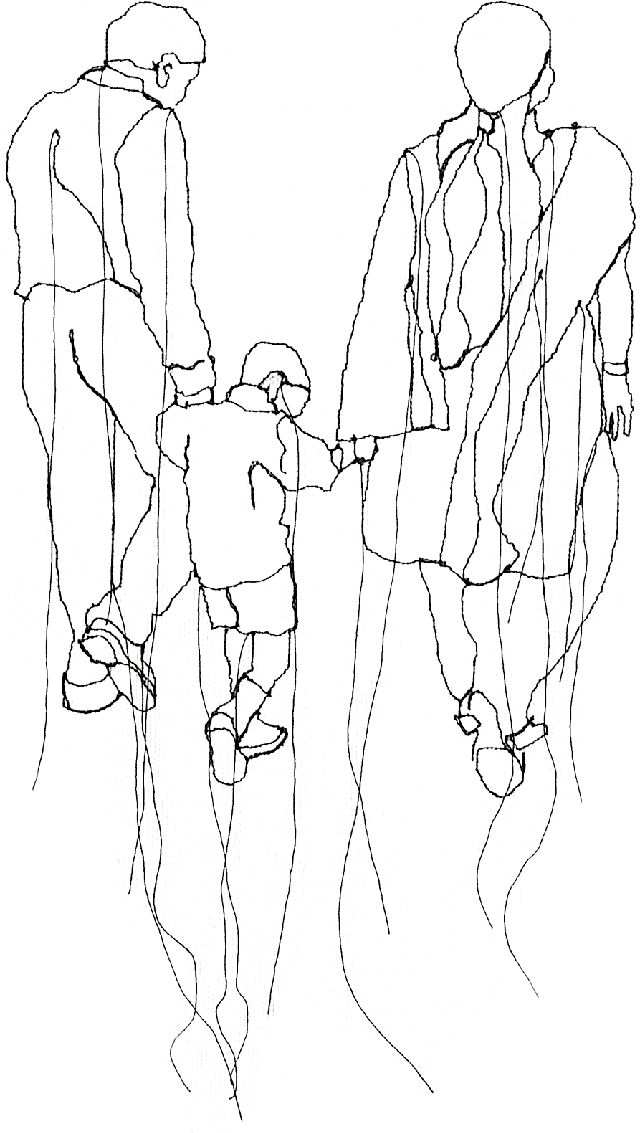





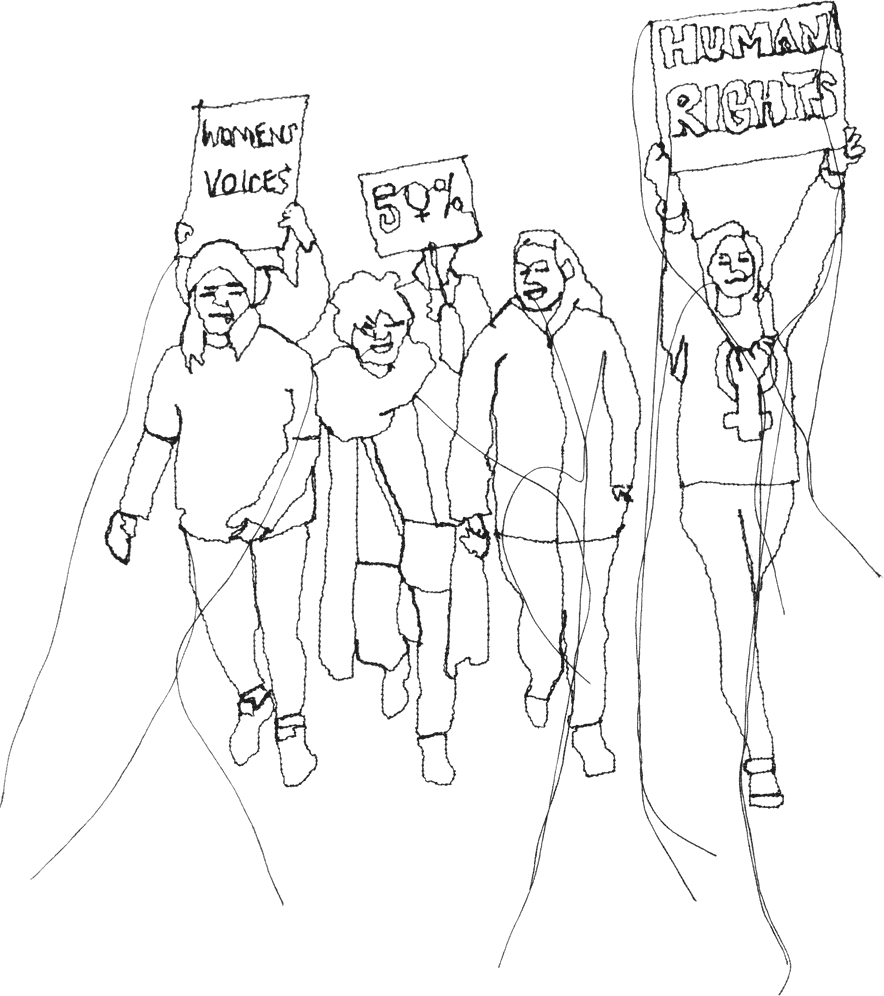


Artwork
Textiles blur the boundary between art and function, practicality and beauty. Women’s movements have long used textiles to draw attention to a range of issues – from body positivity to reproductive justice and systemic racism. Contemporary artists and women-led textile collectives continue this tradition by producing artwork which reflects their local environments and traditions. As it has for thousands of years, textile art continues to offer women around the world the means to connect with previous and future generations of women in their families and communities.
We would like to thank the following textile artists who contributed to the artwork for this report:
-

Nneka Jones
-
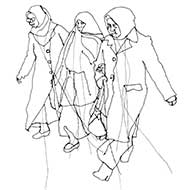
Rosie James
-
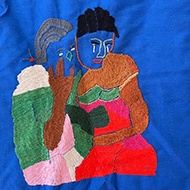
Bayombe Endani, represented by the Advocacy Project
-

Woza Moya
-

The Tally Assuit Women’s Collective, represented by the International Folk Art Market
-

Pankaja Sethi








